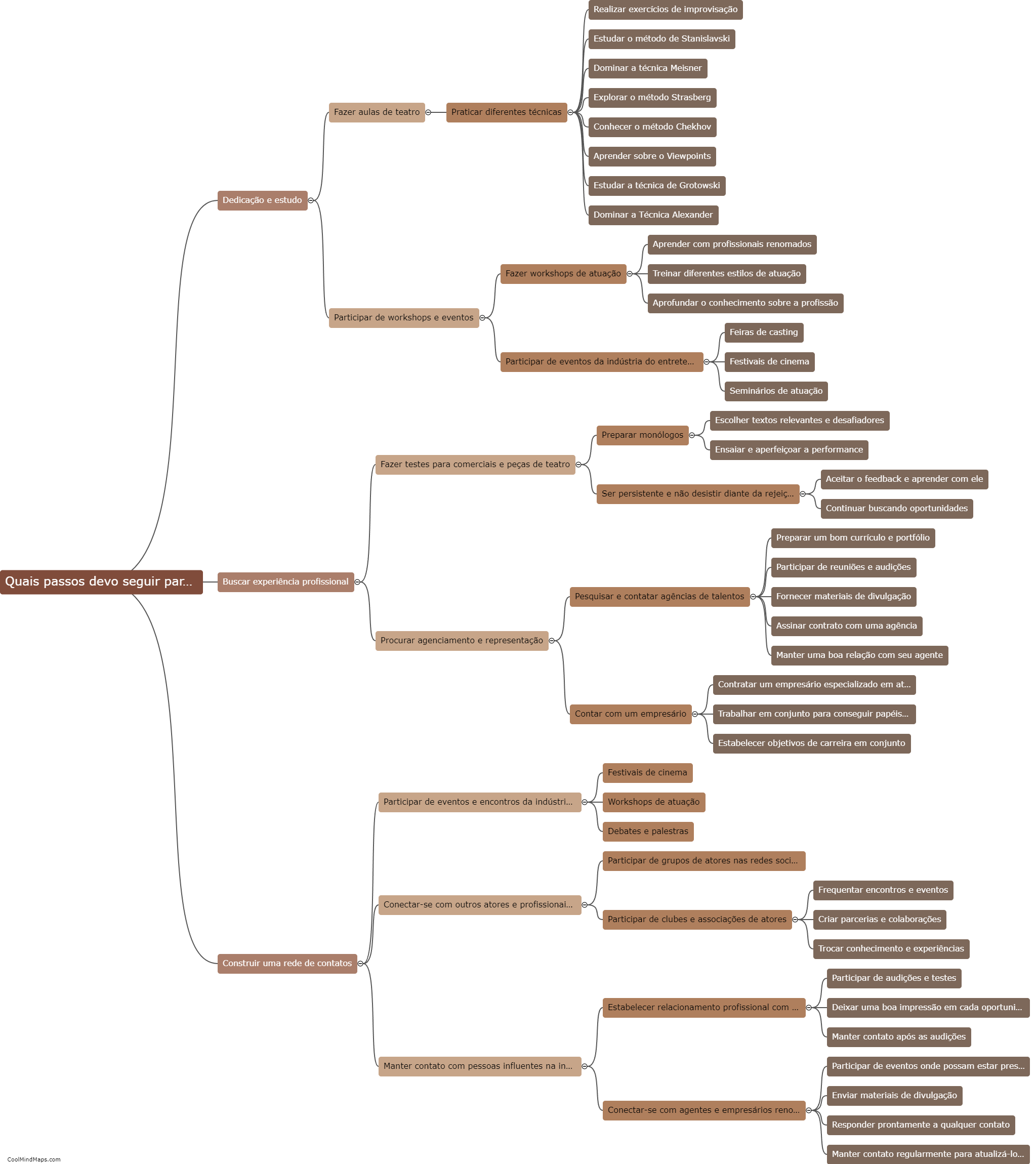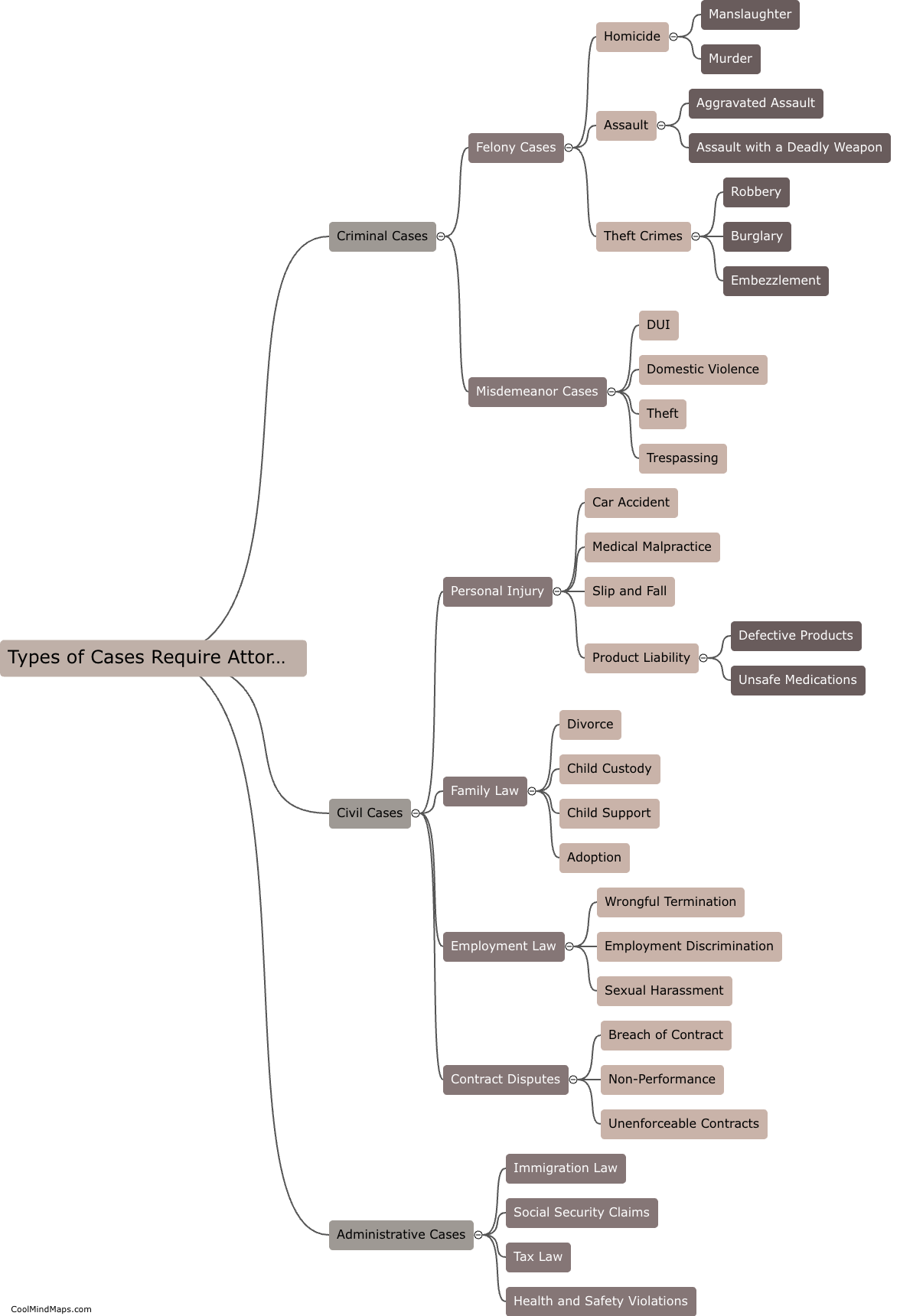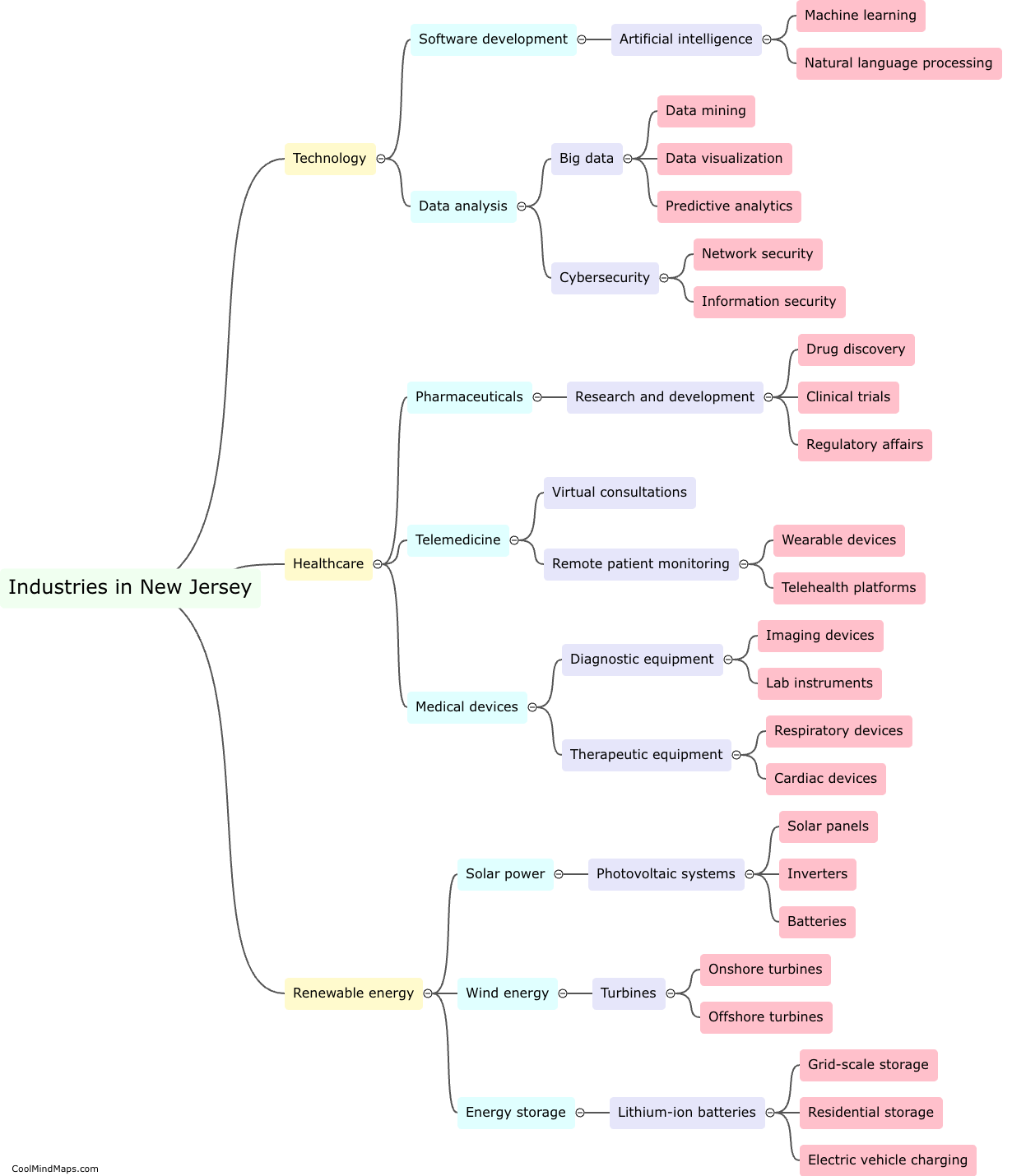How do archaeological sources contribute to the study of ancient Indian history?
Archaeological sources play a crucial role in unraveling the mysteries of ancient Indian history. The study of artifacts, structures, and overall material culture provides tangible evidence of past civilizations, shedding light on their way of life, cultural practices, trade networks, and technological advancements. Archaeological excavations have unearthed ancient cities, temples, palaces, and artifacts like pottery, coins, sculptures, and tools, enabling historians to gain a comprehensive understanding of ancient Indian civilizations. These sources help to validate and provide context to the textual records found in ancient Indian literature, complementing and sometimes even challenging our historical narratives. Additionally, archaeological sources also aid in providing a more inclusive and holistic understanding of ancient Indian history by offering insights into social hierarchies, economic systems, religious practices, art and architecture, and the continuity and change over time. Hence, the archaeological sources provide valuable and tangible evidence that greatly contribute to the study and reconstruction of ancient Indian history.

This mind map was published on 18 August 2023 and has been viewed 162 times.











